Bitumen – it’s all in the mix
FTIR spectroscopy determines quality differences
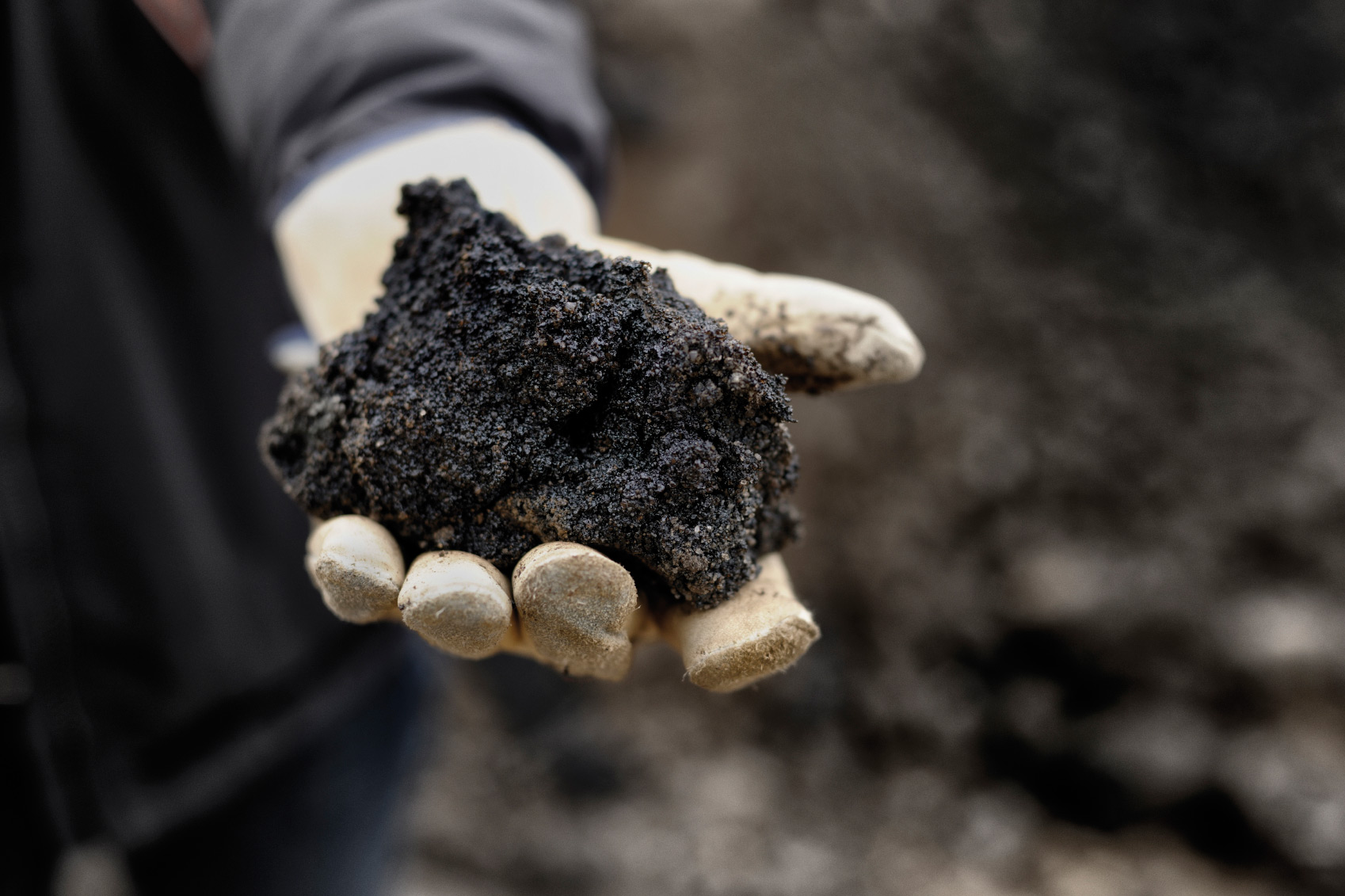
Bitumen is used in many everyday products, like carpeting or roofing paper. Bitumen is best known from road construction; together with mineral additives, bitumen makes asphalt.
The quality of the bitumen also determines its use. Through the addition of polymers, such as polypropylene and styrene-butadiene-styrene, the material can become very viscous. The blend with polypropylene is called APP plastomeric bitumen and the blend with styrene SBS is called elastomeric bitumen. These blends are used as sealing materials and in roofing paper. Another polymer is EVA copolymer (ethylene-vinyl-acetate), which is for instance applied in polymer packaging as an odor barrier.
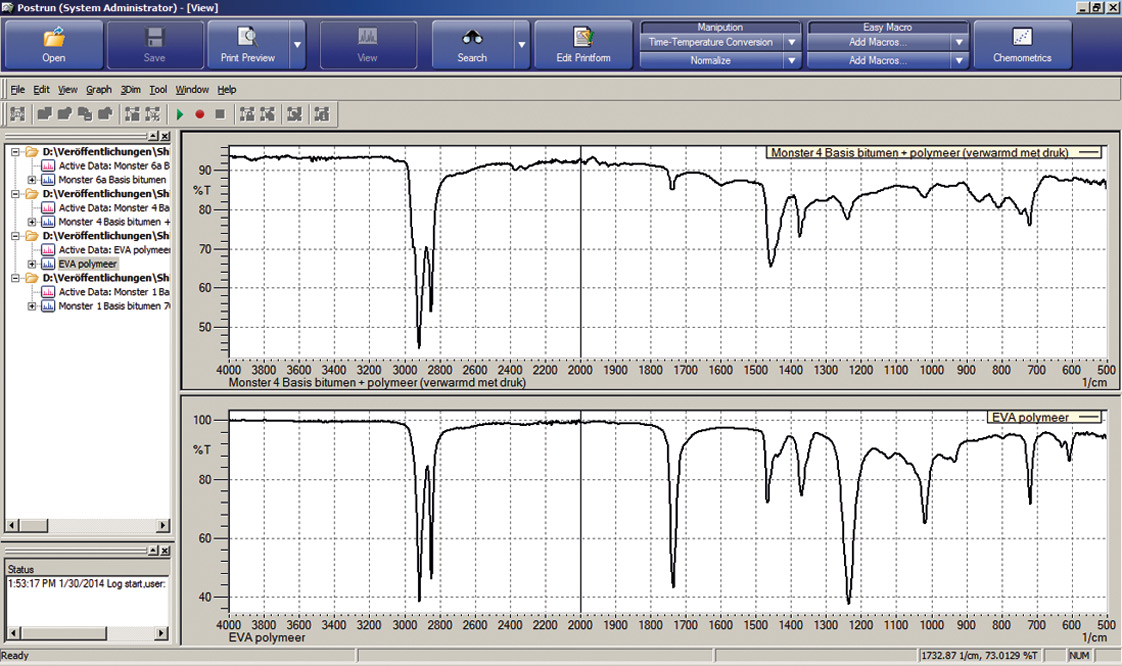 Figure 1: Two infrared spectra of a bitumen with additive (above) and an EVA polymer (below)
Figure 1: Two infrared spectra of a bitumen with additive (above) and an EVA polymer (below)
Quality control using FTIR
Bitumen is the residue from vacuum distillation of mineral oils. The quality of the bitumen is an important analytical criterion in order to be able to better control the amounts of additive used. Non-destructive infrared spectroscopy can be used for the analysis. Combined with single-reflectance accessories from ATR family, this can be easily implemented.
As bitumen can be very viscous by nature, a diamond ATR unit is recommended. Diamond is robust against the cleaning procedures that are required after measurement. One drop of the sample material is sufficient for the 2 mm measuring window, which minimizes complex cleaning procedures. The sample is heated to soften it in order to enable a better contact with the measuring window. This technique makes it possible to control the production process.
Detection of the additives
In this application, various types of bitumen (base bitumen), graded as 1/10 and 70/100, are explored. The values reflect how the bitumen performs during the specific needle test. The needle penetrates the surface, whereby 70/100 refers to a penetration depth between 70 and 100 tenths of a millimeter. A table with typical values for the needle test and other specifications is presented below (table 1).
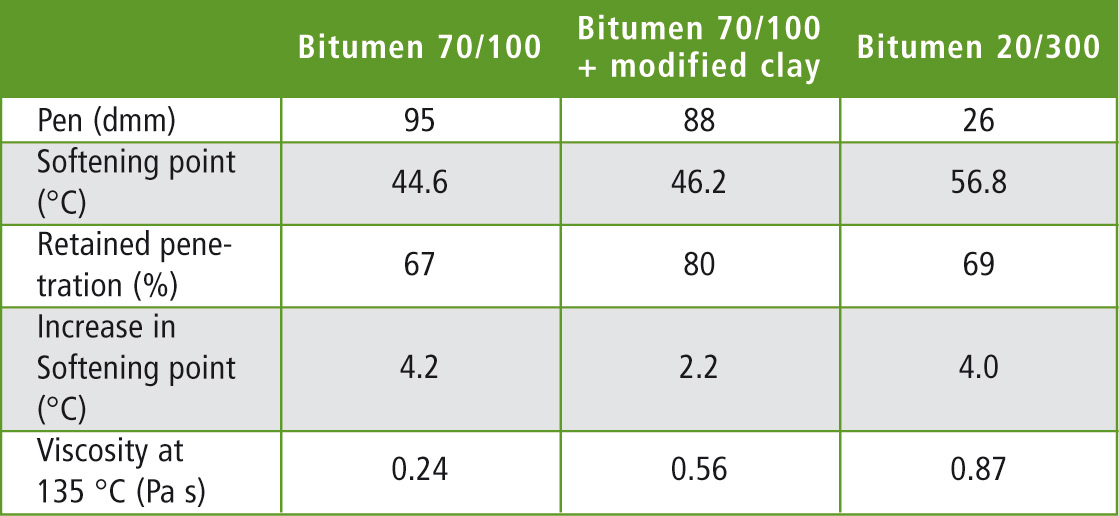 Table 1: Typical influence of the additives in bitumen compared to the base bitumen
Table 1: Typical influence of the additives in bitumen compared to the base bitumen
The presence of the additives can be easily verified in the infrared spectra. Base bitumens and modified base bitumens are compared with each other.
The spectrum of the blend clearly shows changes in signal structure. The signals at 630 cm-1 that can be attributed to the EVA polymer, are particularly noticeable. For comparison, the 1/10 base bitumen is shown in figure 2.
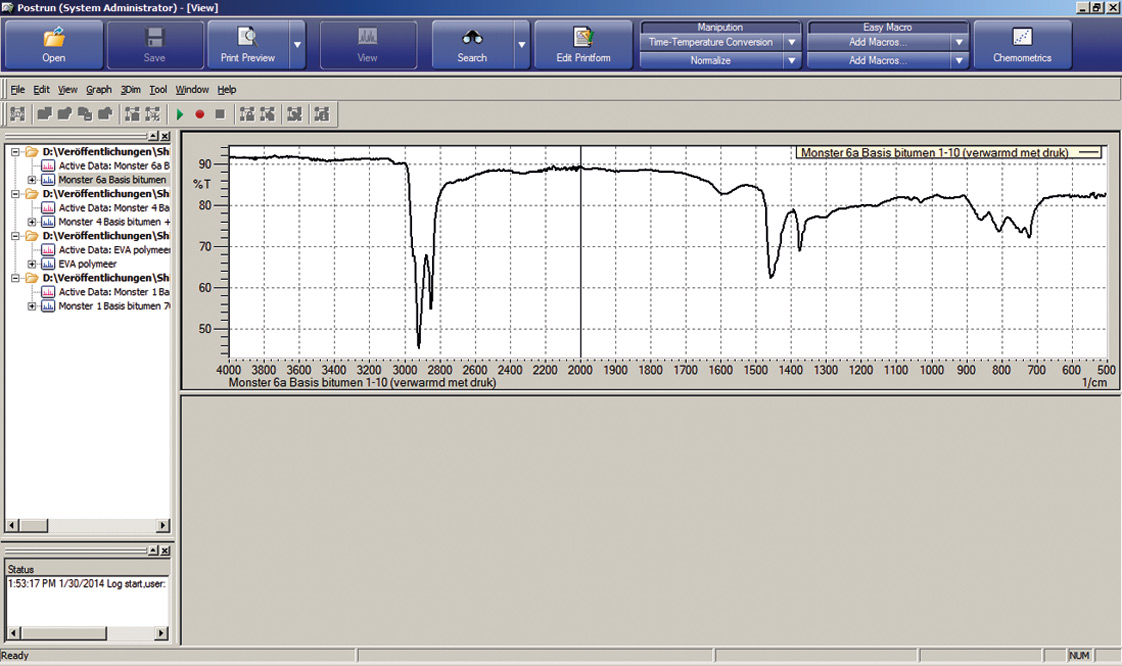 Figure 2: Infrared spectrum of a 1/10 grade base bitumen
Figure 2: Infrared spectrum of a 1/10 grade base bitumen
An additional group of signals at 1,693 cm-1 clearly illustrates the difference: it is a signal of the carbonyl group (C = O vibration). Using subtraction spectroscopy, it is possible to isolate the additive from the spectrum of the blend. Figure 3 shows the result of this subtraction and the subsequent library search for the identification of the EVA polymer. The subtraction is performed with a factor 1 and can also be further refined.
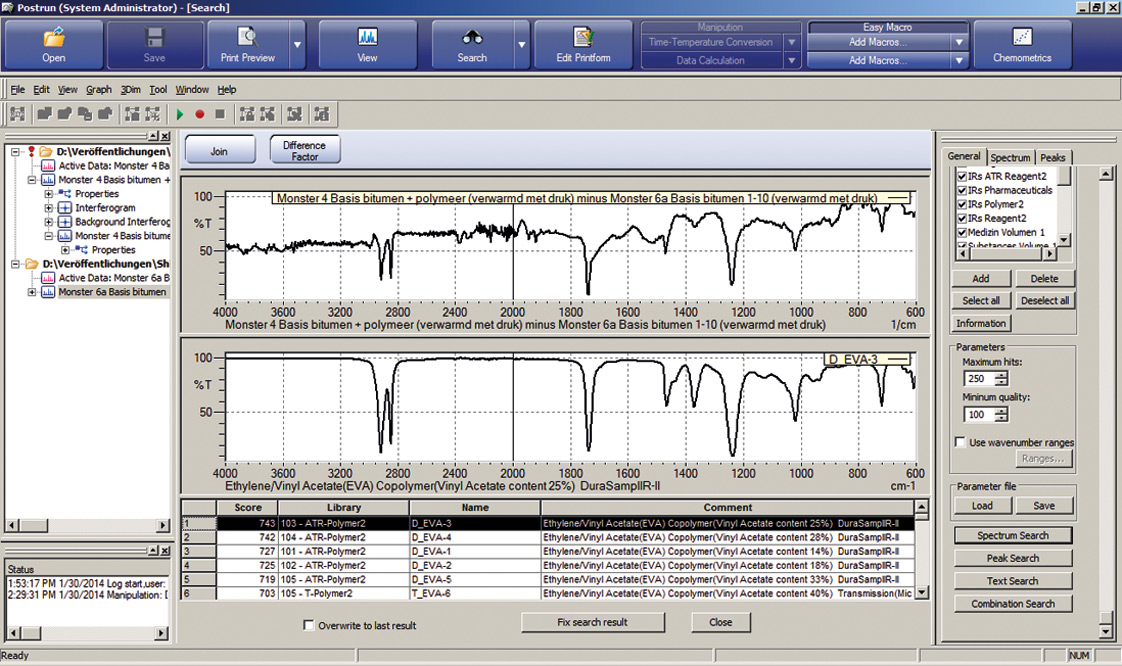 Figure 3: Result of the subtraction of the base bitumen from the modified bitumen and the result of the subsequent library search for identification of the material
Figure 3: Result of the subtraction of the base bitumen from the modified bitumen and the result of the subsequent library search for identification of the material
Quality control of unknown additives can be carried out with the help of infrared spectroscopy, wherein the base bitumen is compared with the unknown bitumen.
The base bitumen in the example is graded as 70/100. Figure 4 shows the base bitumen and a modified base bitumen. Visual comparison shows deviations at 630 cm-1, which cannot be attributed to the EVA polymer.
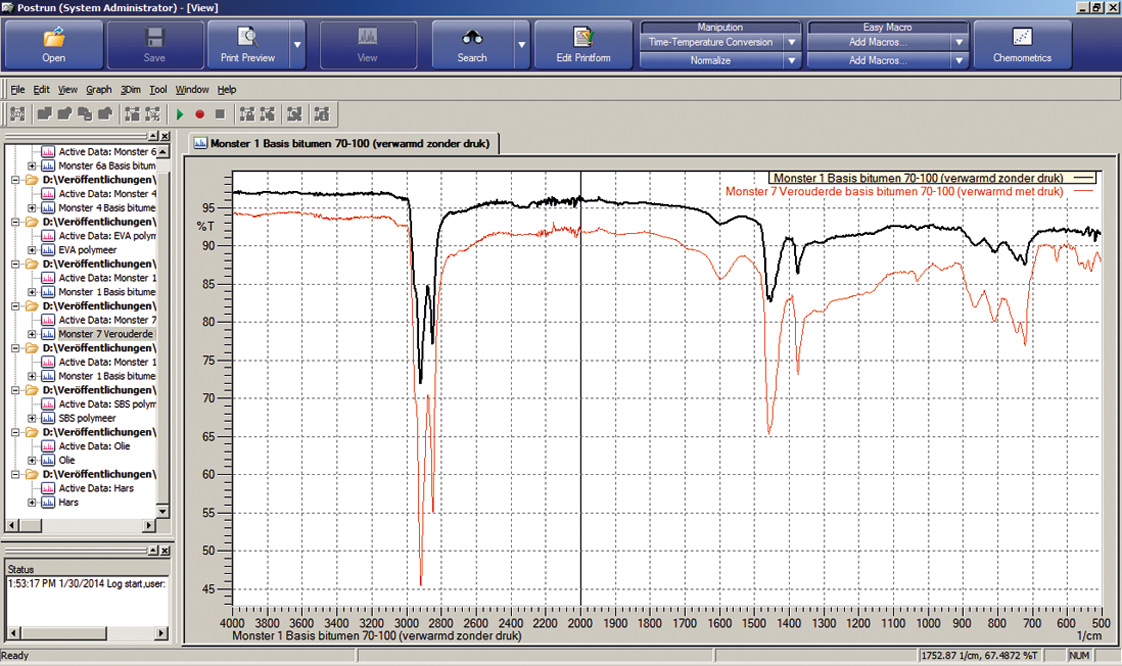 Figure 4: Spectra of a 70/100 grade bitumen with additive (red line) and a base bitumen (black line)
Figure 4: Spectra of a 70/100 grade bitumen with additive (red line) and a base bitumen (black line)
In comparison with the associated libraries, the contamination analysis function revealed, cross-linking to polyethylene as main components, which does not present any problem for bitumen, and additives based on phosphate salts. The signal at 630 cm-1 correlates with the vibrations of these salts.
Conclusion
The analysis examples presented here clearly show that infrared spectroscopy is suitable for the analysis of various bitumens. Bitumen blends can be analyzed and quality control can be implemented via comparison of the infrared spectra. Shimadzu’s IRAffinity-1S and its Golden Gate single-reflectance unit, equipped with a diamond window, have been used.
Further information about the IRAffinity-1S: www.shimadzu.eu/iraffinity-1s